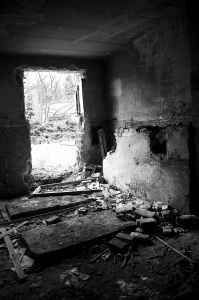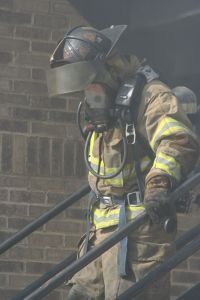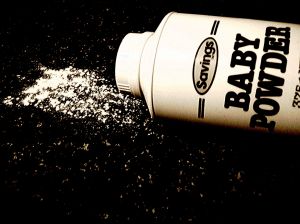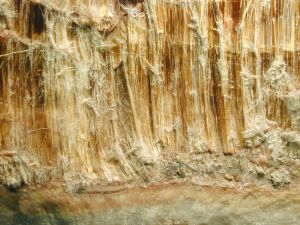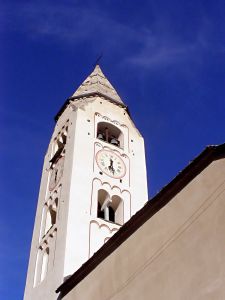Abutahoun v. Dow Chemical Co., a case from the Supreme Court of Texas, involved respondent chemical company, which entered into a contract with victim’s employer to install insulated pipes at respondent’s Texas factory.
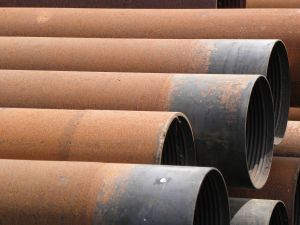 Claimant worked on the pipe insulation installation between from 1967 to 1968, and the project involved insulation of thousands of pipes. The pipes on which victim worked contained asbestos-laden insulation material. The pipes also carried acid and vented steam. Victim alleged that, during the course of his employment, he was exposed to deadly asbestos dust. Some of this exposure was a result of respondent’s workers, who were sawing and cutting the pipes in his vicinity. He was also exposed due to his work involving the pipe insulation materials.
Claimant worked on the pipe insulation installation between from 1967 to 1968, and the project involved insulation of thousands of pipes. The pipes on which victim worked contained asbestos-laden insulation material. The pipes also carried acid and vented steam. Victim alleged that, during the course of his employment, he was exposed to deadly asbestos dust. Some of this exposure was a result of respondent’s workers, who were sawing and cutting the pipes in his vicinity. He was also exposed due to his work involving the pipe insulation materials.
During a trial, one witness, a former coworker of victim, testified he was constantly sawing the pipes and that workers who were within 20 feet of his location were in the “asbestos dust area.”
Continue reading
 Mesothelioma Lawyers Blog
Mesothelioma Lawyers Blog


